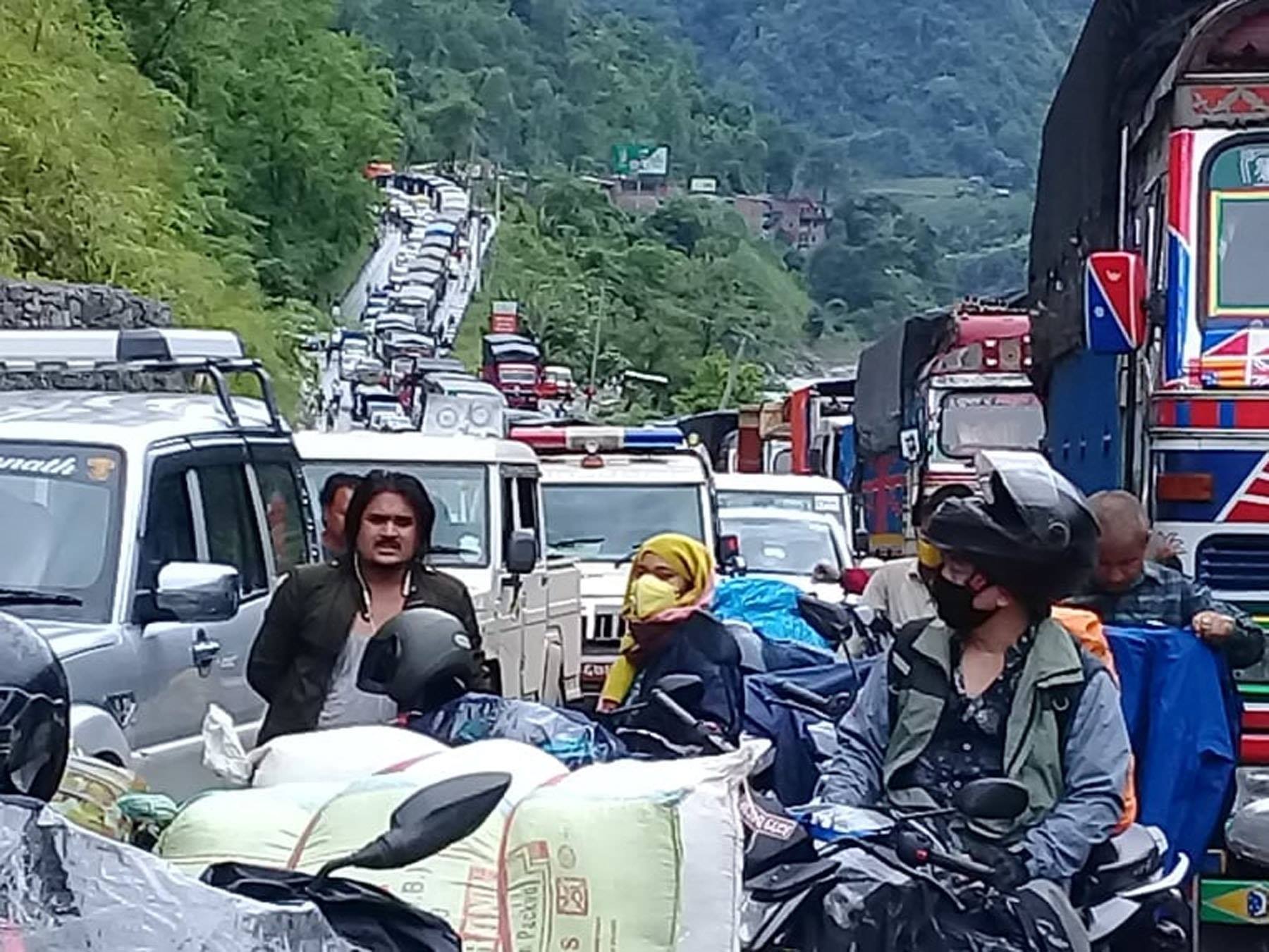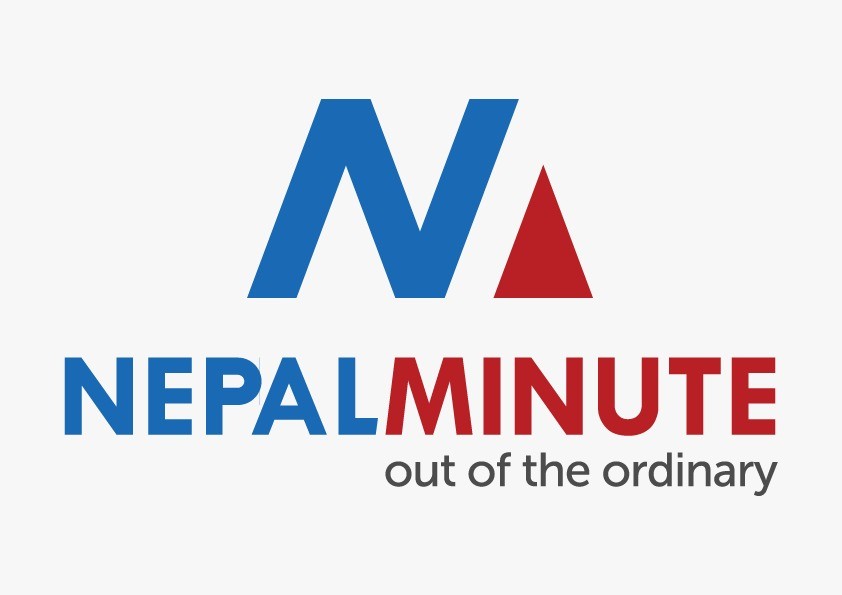Environment

Engineers struggling to manage frequent landslides along the Mugling-Narayanghat highway have identified the root cause of the frequent mudslides dogging one of the country’s busiest road stretches.
The 33-km road stretch connects Narayanghat along East-West Highway with Mugling along Prithvi Highway. For decades, it has been plagued by landslides, mostly during monsoon season, affecting hundreds of vehicles and thousands of passengers. It remained so last week too, when Nepal saw its biggest annual travel rush marking Dashain festival.
If identifying the root cause of the problem can offer solutions, then frequent travellers have a reason to cheer. Engineers at the Department of Roads have said most landslide-prone areas along the 33-km road have been managed by way of bioengineering and tree plantations. Yet, they say, the highway stretch continues to remain paralysed by mudslides occurring atop the Mahabharat hill, which rises on its eastern side.

Kiran Karki, the senior engineer at the Department of Roads, who oversees the Nagdhunga-Mugling highway, told Nepal Minute: “There are no major landslide-prone zones along the highway [Narayanghat-Mugling]. Most of them are managed by now.”
He blamed recent road closures on debris flow caused by “haphazard building of arterial or local roads” in the nearby hill. “There, local bodies and communities have been digging up new track roads, with or without permission from the department,” he said. “Several of these roads are constructed above the highway. We have detected a lot of erosion along those tracks, disturbing the Mugling-Narayanghat road.”

Because of the new tracks, he said, several new landslides have occurred.
“We can only send them verbal and written requests, what else can we do?” he added.
One of the major lifelines of the Nepali economy, Narayanghat-Mugling highway, developed in 1980, is known to many as the “most frustrating route” to travel, especially during monsoon. The highway was widened – from a little over 5 metres to 11 metres – just a few years ago to match the Asian Highway standards at the cost of Rs3 billion.
Options before the authorities
With new roads being developed across the mountain right above the key highway, authorities have no option but to work together with local bodies, said Senior Engineer at Road Division Bharatpur Sagar Karki. “We give advice to these local bodies on road construction, techniques and know-how."
Although the monsoon is all but over this year, concerns remain.
“There needs to be proper research and mechanism for the construction of these arterial roads,” said Karki.






